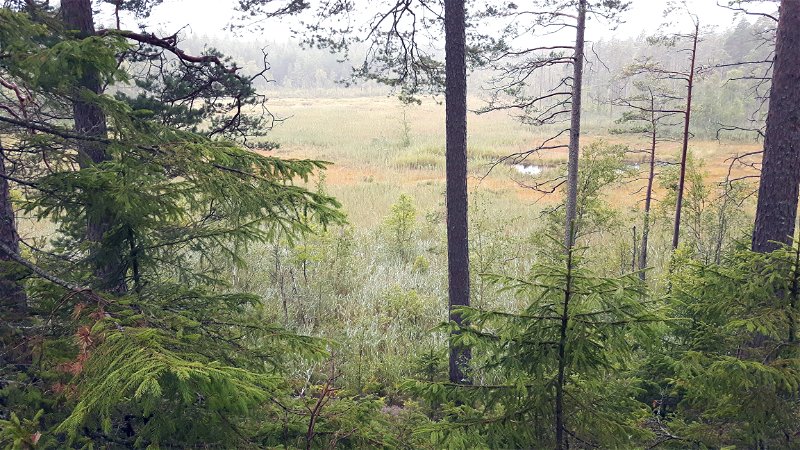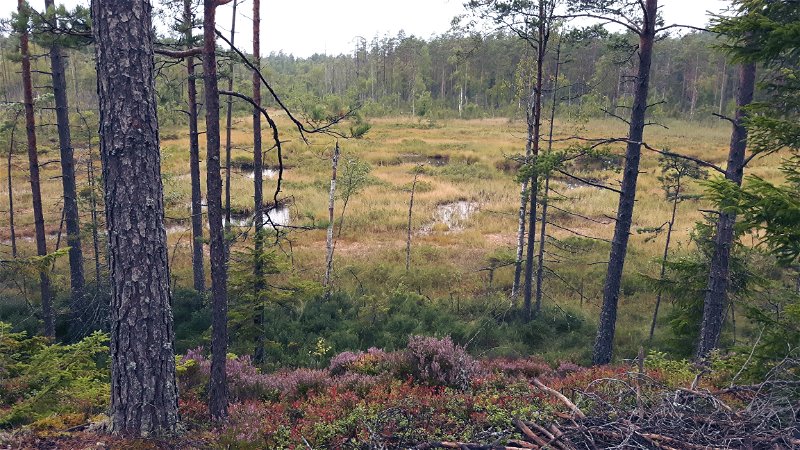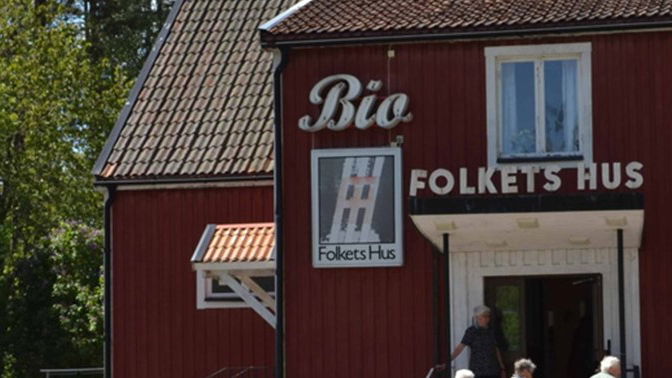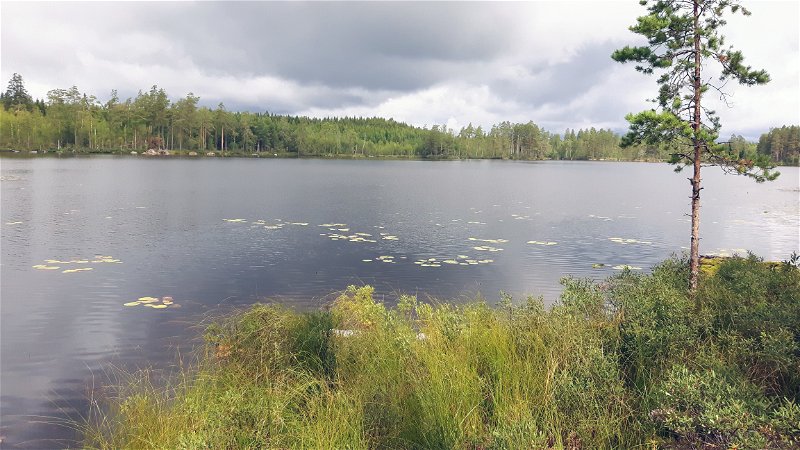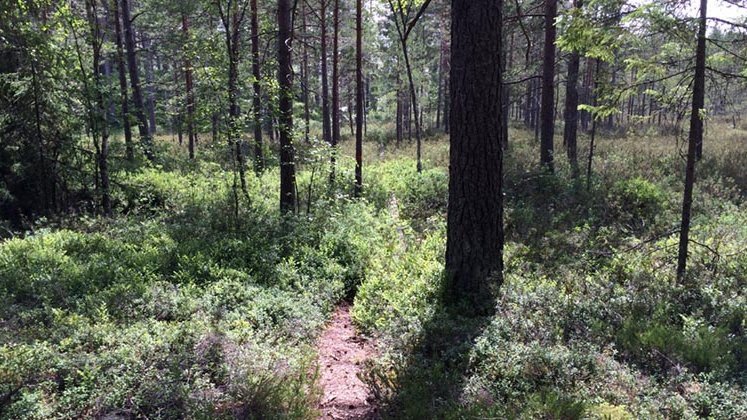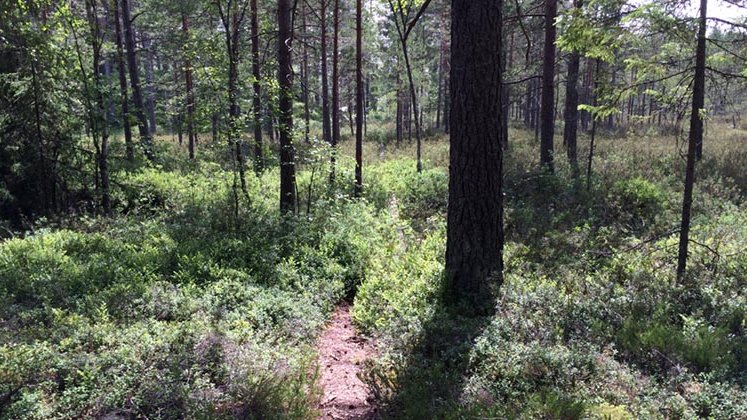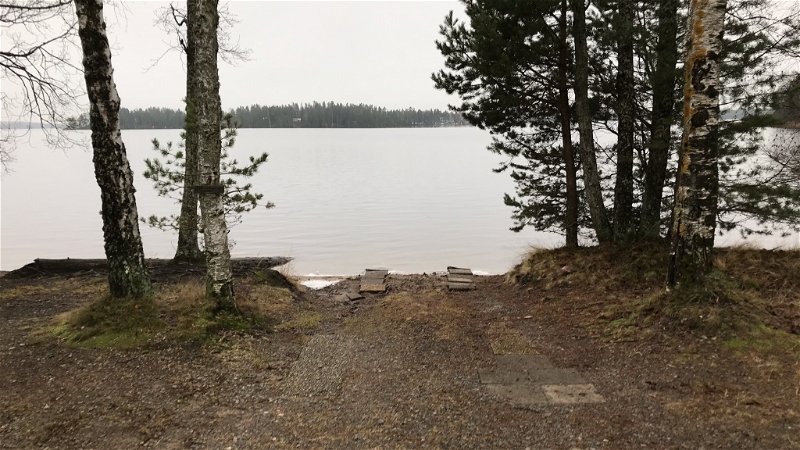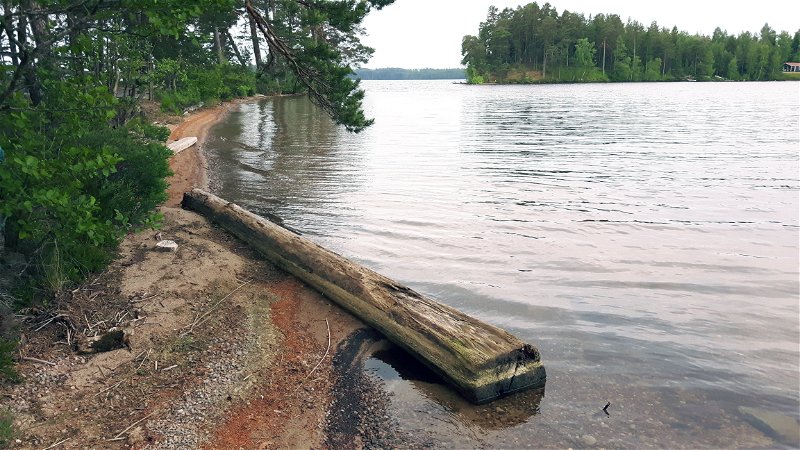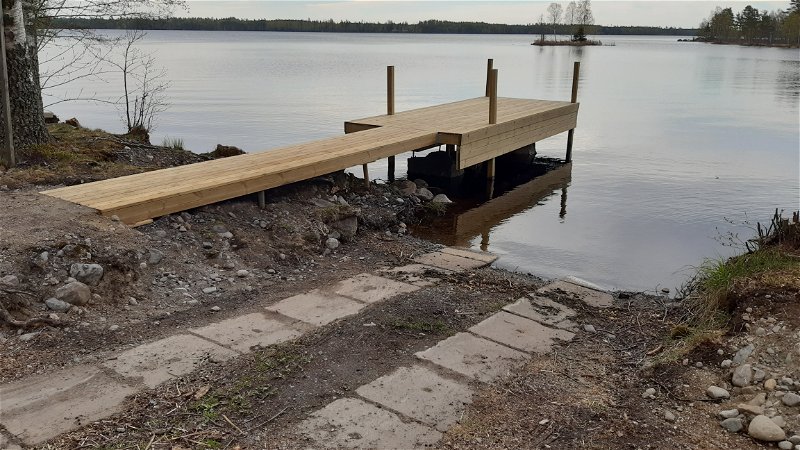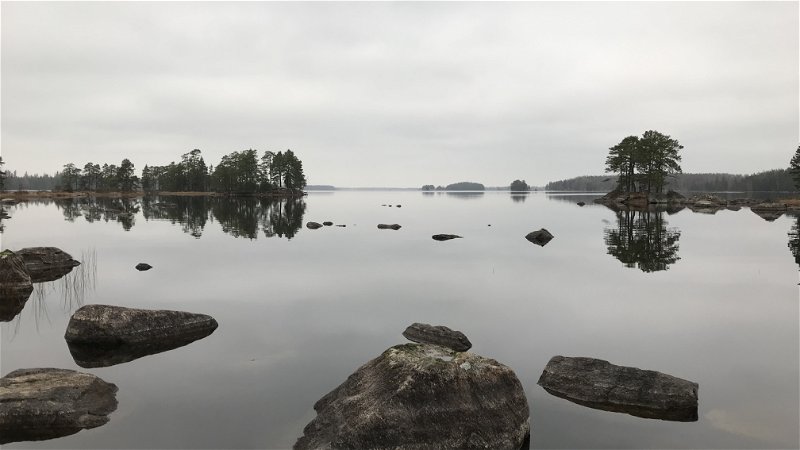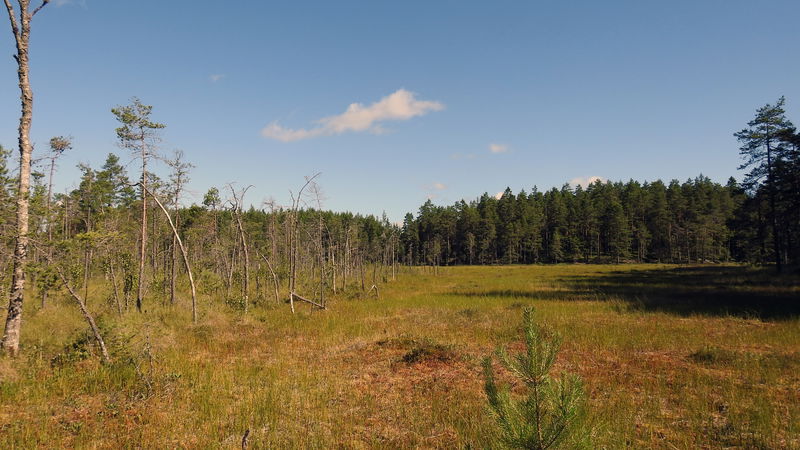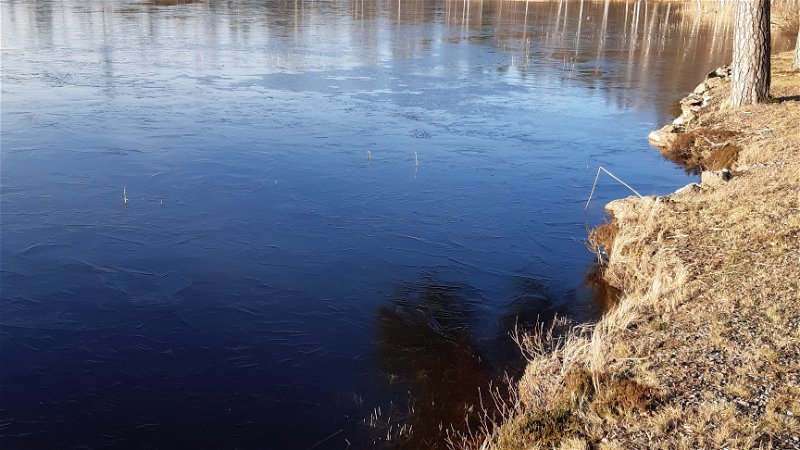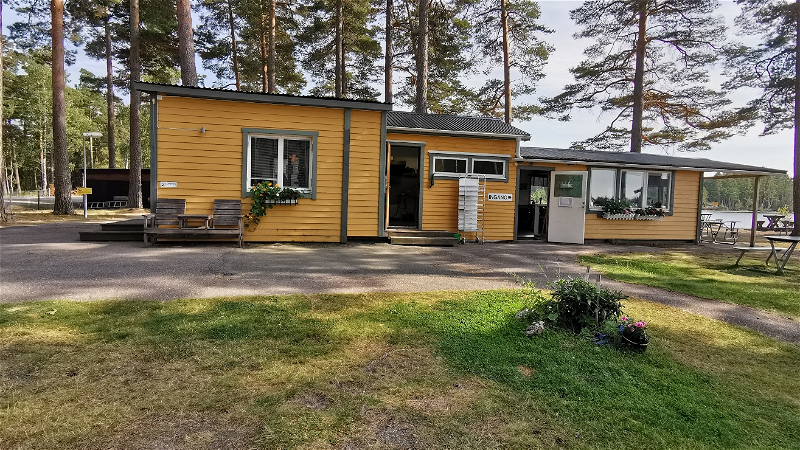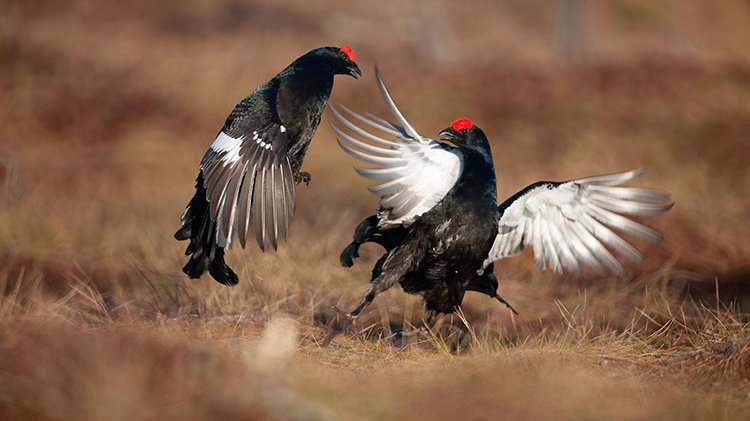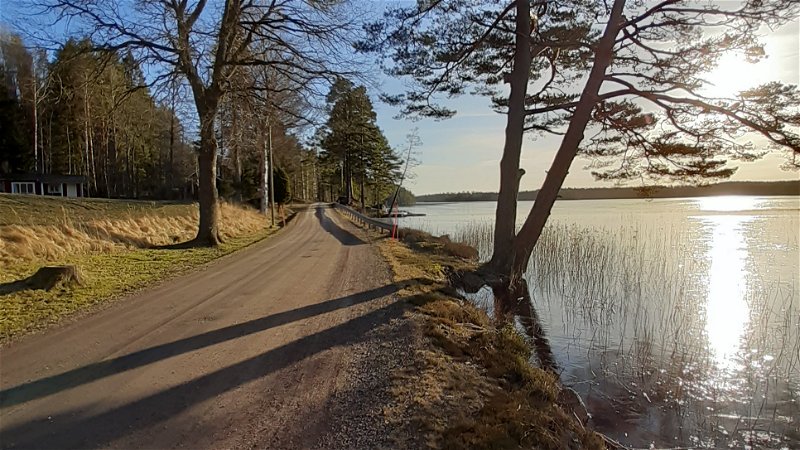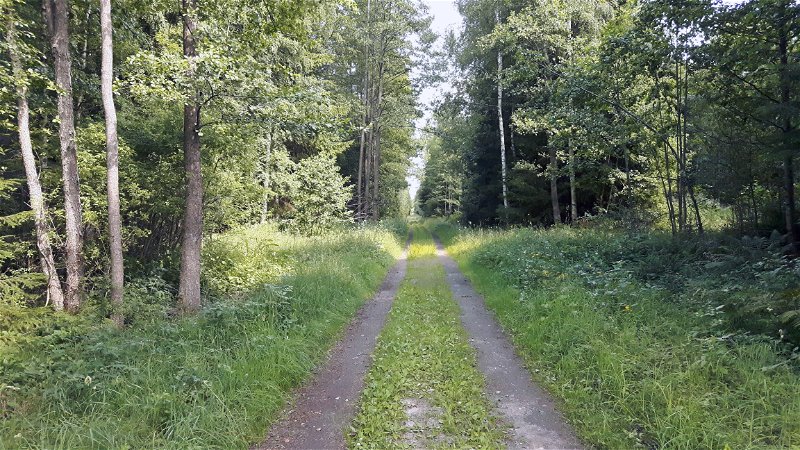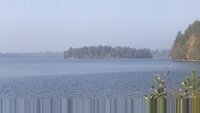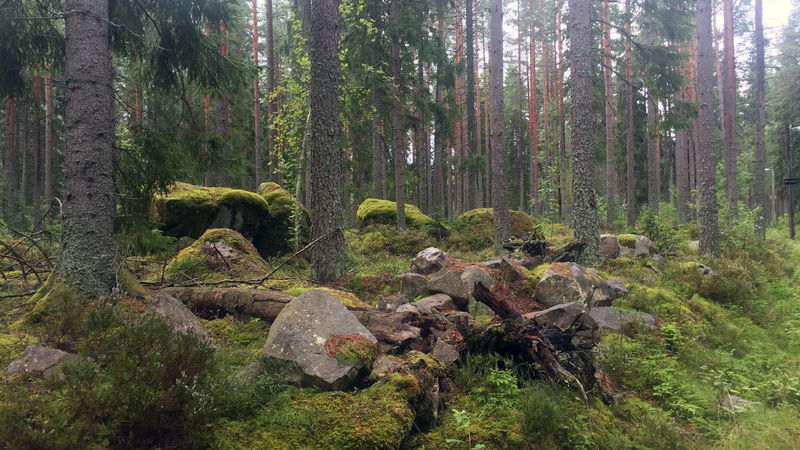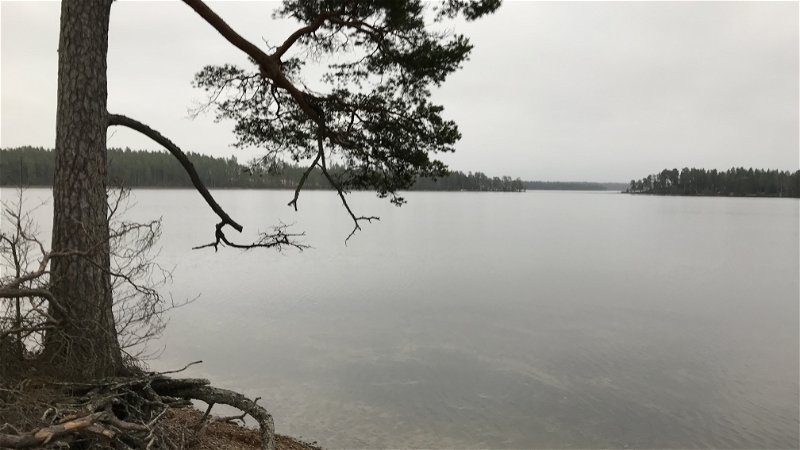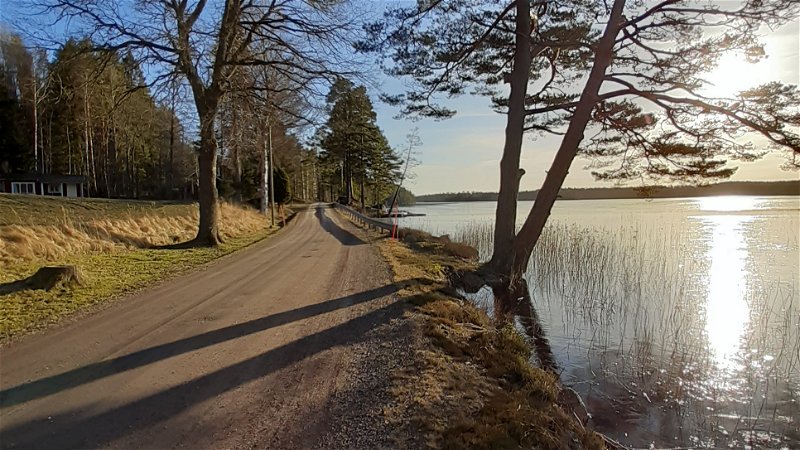From the car park, go west in the tracks of the last felling. On the first height is a faint path to the right, it takes you up onto the ridge which you then follow. The ridge is broken by a wet section, which you cross by a little bridge. At the time of writing the bridge is in bad condition so be careful!
After passing the depression climb back up on the clear ridge, with views towards wetlands in both directions. You are surrounded by mature pinewood, with a natural combination of species and age. Dead trees have been left lying and many selective species have had time to establish themselves. Here among the species are red-ring fungus, goodyera orchids, rustwort, crustose lichen, tube lichen and tooth fungus, all of which indicate that the forest has been undisturbed a long time and may have high natural value. Some of these species are therefor called indicator species.
As you go along the ridge crown the forest may seem undisturbed. There are however traces of the past, both from fires and man’s activities. So-called ink markings or inks are visible here and there on the trees. Perhaps once upon a time they marked a boundary? On some of them the owners stamp “B” is clear. There is evidence of forest fires on old stumps, among other things by the lichen growing on them. Lichens such as wood lichen and charcoal lichen tell of stumps being scorched by fire, in the charcoal of which they found their habitat.
Capercaillie leave their traces in the area, and in the sand under the roots you can find their burrows. The pit may be indistinct, but if there is down or droppings next to it you have found their location!
Along the south west side of the ridge, Gölabäcken stream flows. It is surrounded by wetlands, to a large extent wild rosemary pine forest, but in the south more open moorland. Here the eye-catching comossa can be found with a little luck. Its pear-shaped spore capsules sit on long stalks, and it grows only on the droppings of herbivores in humid environments. In order for it to continue to survive in the area however, there must be new droppings for its spores to spread. The contrasts in the area, the high natural values and the beautiful forest with many exciting species to discover, make it well worth a visit, or several!
Waterproof shoes and clothes, if you are visiting the wetland. Good shoes. A magnifying glass if you are interested in lichens and mosses! Possible extra map, compass and/or GPS.
Limited accessibility, there are no marked trails and you make your way on paths and through terrain. It is a little difficult to find the first time.


